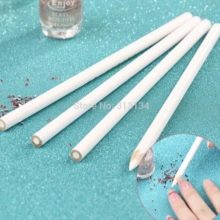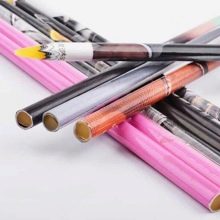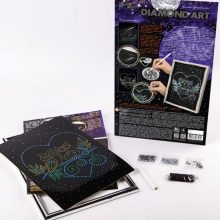Rhinestone pencils
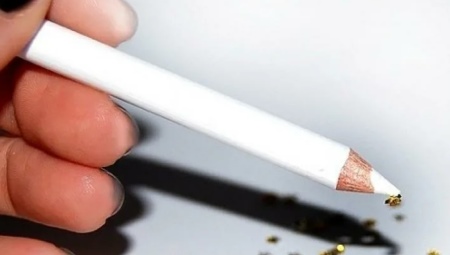
When working with rhinestones, for convenience, it is recommended to use various tools and devices. One of the most common is a rhinestone pencil. There are several varieties of the instrument. In order to simplify the process, you need to familiarize yourself with the rules for using such a pencil.
What it is?
A rhinestone pencil is a specific tool that has a sticky stick. The tool itself looks no different from the usual stationery. The only discrepancy lies in the material of which the lead is made. For its manufacture, a wax-like composition is used, which in consistency and properties is similar to solid silicone. Because of this rod, the instrument is often referred to as silicone, magnetic, wax, or Velcro.
The tool is used for a comfortable set of rhinestones, as well as transferring them to a sticky surface. Rhinestones are easily glued to the tip of the lead, so they do not have to be painstakingly selected by hand.
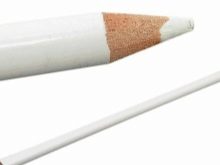
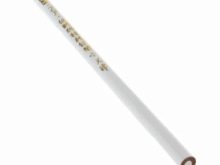
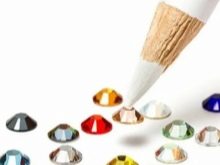
What are they?
As already mentioned, the pencil lead for gluing rhinestones is made of a wax-like substance. The outer shell can be plastic or wood. The differences between the different models are as follows.
- The size. Not only the length can differ, but also the diameter.
- The form. Most often, pencils are made in a classic round shape. But there are also triangular specimens.
- Colour. The shade of the applicator is almost always white, beige or transparent. The color of the shell can be anything, but the most common are white pencils.
Also, a brand mark or some other identification marks of the manufacturing company can be applied to the surface.

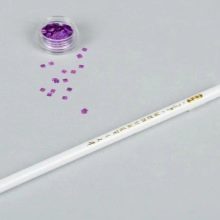
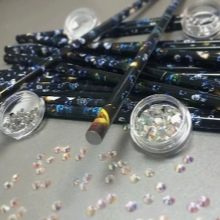
Professional pencils for rhinestones should be included in a separate category. Their peculiarity lies in the fact that a standard sticky rod is made on the tool at one end, and at the other end there is a metal pin intended for making corrections after the rhinestone is placed on the surface to be treated. Such tools are rarely found in Russian stores, but are very popular in the United States.
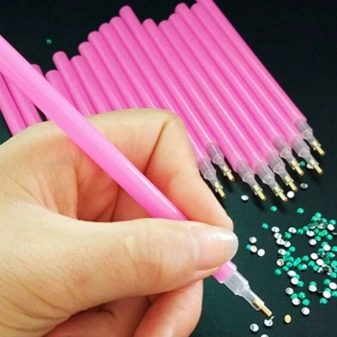
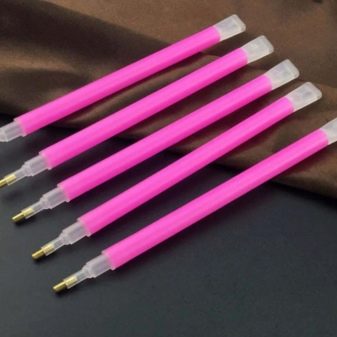
How to use?
There should be no problems with the operation of the pencil, since the process is simple and intuitive. It consists in the following.
- The pencil must be brought to the rhinestones. Due to the sticky properties of the lead, the strass is immediately securely fixed on it and no longer falls off.
- Then, using a toothpick or a special wooden stick, a sufficient amount of glue is applied to the base of the rhinestone.
- Then the pebble is glued to the desired surface.
It is important to understand that the wax pencil itself does not glue the rhinestones, but only facilitates the process of their selection and further application.
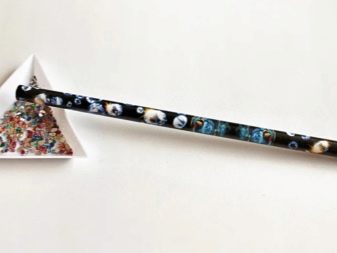
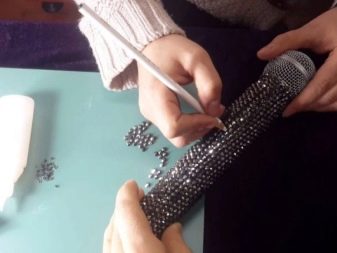
Care and storage tips
In order for a pencil for rhinestones to serve as long as possible, it must be properly stored and used properly. It is important to follow these guidelines.
- It is recommended to store the instrument either in a special case or in a box. It is undesirable for dust to fall on it.
- The lead must be securely protected with a standard or optional cap.
- If the rod has stopped sticking, then the pencil itself must be sharpened. This can be done using a conventional sharpener that is suitable in diameter.
- If you don't have a sharpener, you can simply rub the rod against any clean, hard surface. In most cases, after such manipulations, the properties are restored in full.
- It is not recommended to wash the pencil in water, and also to use any aggressive compounds for disinfection.
Use a pencil only for its intended purpose. You can buy it in specialized stores for handicrafts. It is often used as an accessory when purchasing sets with rhinestones.
